Let us begin with this: You don’t need to have read Aristotle’s “Poetics”, have a thorough knowledge of Soyinka’s Fourth Stage theorem, or be an expert at Dramatic Theory and Criticism to understand and enjoy Ẹlẹṣin Ọba: The King’s Horseman, the film adaptation of Wole Soyinka’s play, “Death and the King’s Horseman”. And I tell you this as a theatre graduate who has read the play, Aristotle’s “Poetics”, Soyinka’s Fourth Stage, and has acted in a performance of the play—a minor, best-forgotten role. You most certainly don’t need an impeccable IQ; it’s a film, not astrophysics.
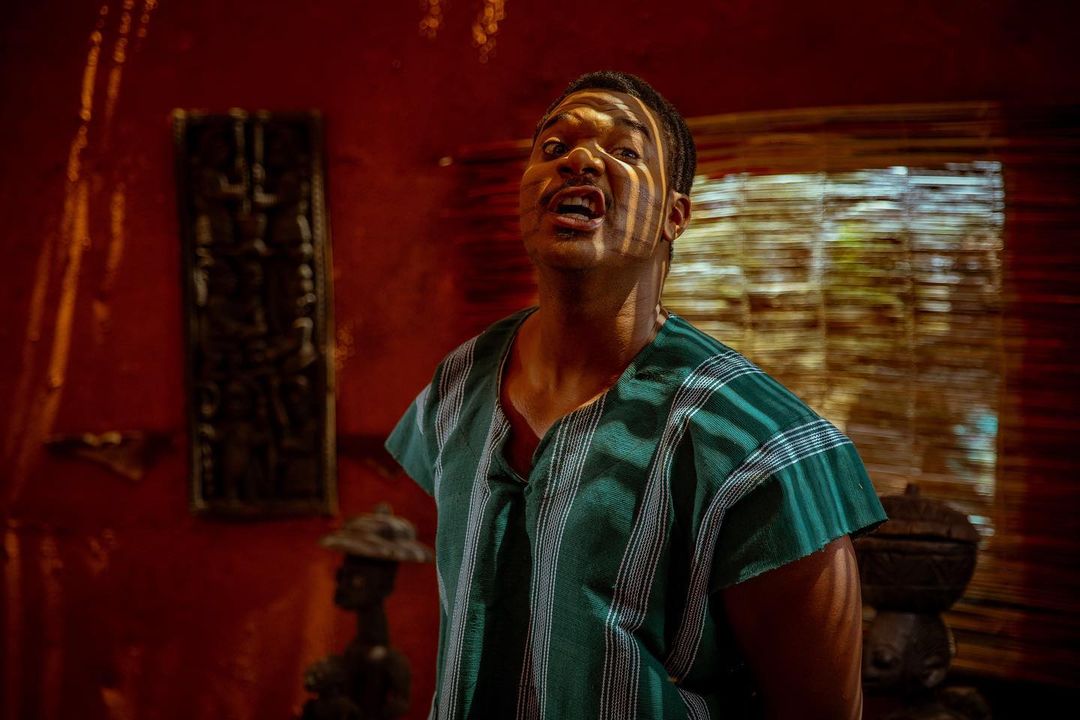 ‘Anikulapo’ Review: Kunle Afolayan Thrills Viewers with New Epic
‘Anikulapo’ Review: Kunle Afolayan Thrills Viewers with New Epic
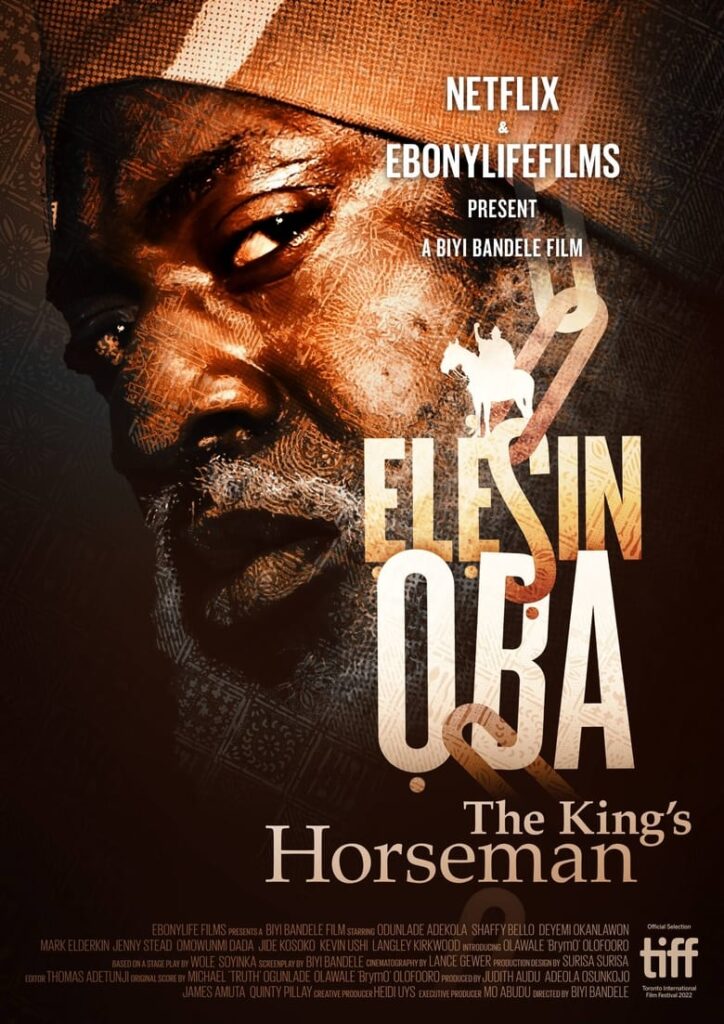
Film adaptations of existing materials have a bad habit of becoming controversial amongst audiences. The filmmakers never seem to get it right. Either they deviate too much from the source material or are too faithful to it. But we miss the point of adaptations when we look at it that way. The filmmaker only needs to capture the soul, the essence of the source material, and see how that is translatable into the new medium, which, in our case, is film. If that is achieved well enough, the film becomes an independent work transcending its source material. Rarely does anyone think about Mario Puzo’s novel when they hear The Godfather. When an adaptation needs its source material as a crutch for understanding, it usually means it’s not good enough.
We can consider Biyi Bandele’s Ẹlẹṣin Ọba on two levels. A deceased king’s horseman (Odunlade Adekola) must sacrifice himself for his ruler’s safe passage into the afterlife, and his failure during the sacrifice leads to tragedy. The first level, summarised in a question, is to ask whether Ẹlẹṣin Ọba succeeds as a film, untethered from its link to the original Soyinka play. It doesn’t. The narrative around the film suggests a philandering character whose final, lustful act prevents him from carrying out an essential duty for his community. But the filmmaking techniques used to execute that narrative are weak.
The storytelling needs more expansion; an unfinished texture weighs down the plot. One feels, too many times in the film, like the director has withheld information from the viewer, saving it for a huge reveal that never really comes. We are left to piece the plot together with verbose dialogues. Imagine if we had scenes showing Simon Pilkings (Mark Elderkin) helping Olunde (Deyemi Okanlawon) to Britain, thereby setting up, very early, a visual pre-sentiment to their confrontation in the climax and all that follow. Or a dense, poetic scene of the Alaafin’s death as in the opening of Tunde Kelani’s Saworoide. (And maybe, really, Nigerian filmmakers looking to adapt materials should look to Kelani more; Saworoide, Kosegbe, Oleku, his filmography is strong.) The viewer suffers through long, tedious scenes of characters talking backstories and exposition when the details could have been better shown. It’s a storytelling cliche; ‘show don’t tell’. But the problems don’t end here.
There are blockings—the placement of actors and their movements within and in relation to the scene—and camera movements that don’t correlate with the tone/subject matter of their respective scenes. What this does is that it disconnects the viewer from the scene’s subject matter/purpose. Olunde and Jane Pilkings’ (Jenny Stead) scene, despite both actors’ sublime performances, lacks visual dynamism. Who is in control in this scene? Who is winning the argument? Who is the camera “favouring”? All of these lend dynamism, and it is missing here. The camera replicates the same angles and the same movements almost throughout the entire film. The ritual scene, the most important of the whole film, looks relatively the same as the others—yet one dutch angle would have made the scene feel more unsettling, less ordinary and disposable than it presently feels. There is a generic ‘safe’ approach to the cinematography that limits the (visual) storytelling. When you add long scenes and monotonous cinematography, what you get is boring.
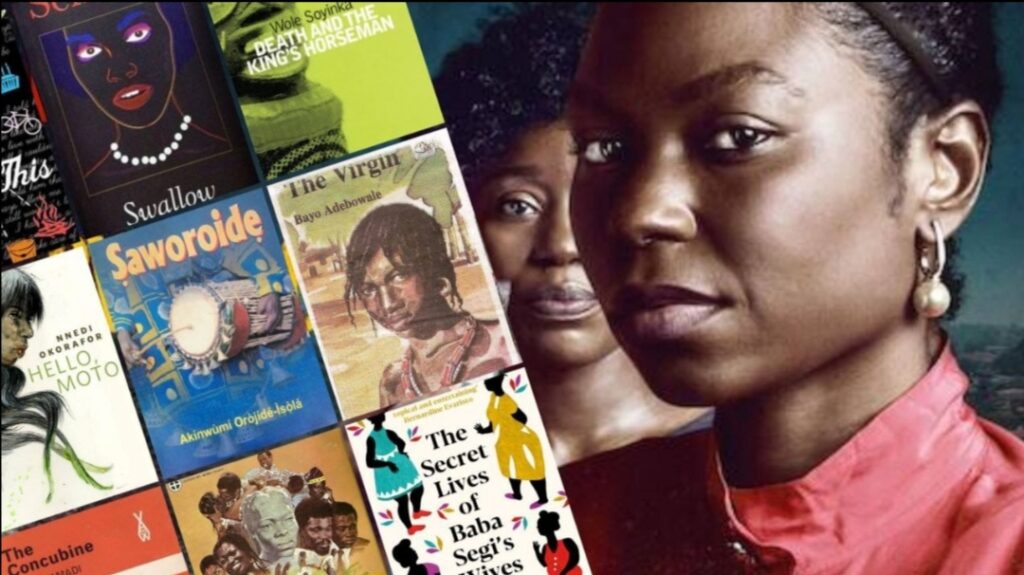 Every Book to Screen Adaptation in Nollywood
Every Book to Screen Adaptation in Nollywood
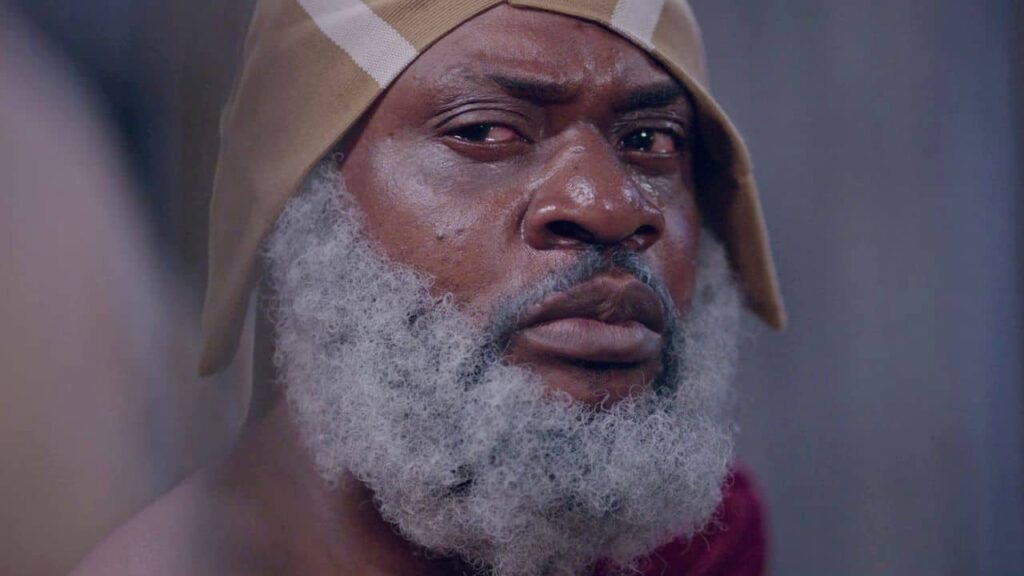
And that is before we consider the plausibility of specific actions—Simon Pilkings (Mark Elderkin) allowing the horseman to run around in the compound when he didn’t want the Prince to find out about the trouble, the shabby blockings in the scene he takes the horseman from the marketplace, the suicide scene, the wanton obsession with displaying nudity, and that mediocre, PG13 sex scene masquerading as an adult scene. The opening scene with the half-naked women can be deleted from the film, and the story remains completely coherent. So why is it there?
The second way to approach Biyi Bandele’s adaptation is with Wole Soyinka’s play in mind. On this level, it fails woefully. The essence of a marketplace, which is integral to the plot and its principal characters, is lost. The dialogue exchanges between Elesin and Olohun Iyo (Ọlawale ‘Brymo’ Ọlọfọrọ), which carries the essence of the source material, is lost. The core of the play does not find its way into this screen adaptation. But it won’t be the first time the adaptation of a beloved material suffers at the hands of Biyi Bandele (Half of a Yellow Sun). The directing here is mediocre, especially for secondary characters and extras.
One must have a fair go at Brymo, who plays Olohun Iyo. He is terrible to look at from the moment he appears on screen until his last scene. He looked like he’d lost a coin and was searching for it throughout the movie, and when he wasn’t looking out for it, he was preoccupied with the thought of his lost coin. His deliveries are all punctuated with mild or wild arm gesticulations. The only time he shines is when his music comes on in the background. A more experienced actor would have given Biyi Bandele flexibility in achieving this character’s duty to the plot. And performances like Brymo’s almost underwhelm Shaffy Bello’s marvellous performance. I have always secretly believed an actor is hiding in Odunlade Adekola (King of Thieves). He just hasn’t had a great director to quieten his excesses. Considering Odunlade Adekola’s role as the horseman leads us to a sacred item.
The point of the play’s tragedy isn’t because the horseman had a last fling with a new bride. At the moment of sacrifice, when he looks into the abyss of the afterlife and is to cross into it, the horseman hesitates. That is the core of the source material. External factors don’t bring about the play’s tragedy. At the moment of decision, the Horseman dithered, and that moment passed, and all that came after it occurred. This moment is neither highlighted nor emphasised in the film. And that can be forgiven if it was a deliberate act of creative licence, a reconstruction of source material to scratch the director’s creative itch. That was not the case.
It is sad because this is an accessible material to adapt, much easier, narratively, than “Half of a Yellow Sun”. And while we must be wary of the things we say about the departed, Biyi Bandele’s profuse film endeavours are enough evidence. “Death and the King’s Horseman” is the most analysed of Soyinka’s works. There is a Yoruba adaptation, there are living cultural experts, and there are libraries of papers on the play—too many materials to help simplify the play for anyone who’d adapt it. It is sad, too, that Biyi Bandele isn’t here to speak and defend his work. Perhaps some insight from him would explain why it’s so lacking. But he is among the dead now, maybe even crossing Soyinka’s hypothetical Fourth Stage as you read this. May he find kindness and favoured companionship on the bridge that connects the realm of the living, the dead, and the unborn. May Death be kind to him.
Elesin Oba: The King’s Horseman is currently streaming on Netflix.
Rating: 4.4/10
Share your thoughts in the comments section or on our social media accounts.
Sign Up: Keep track of upcoming films and TV shows on your Google calendar.
Side Musings
- That opening scene which saw the Horseman arrive in the market should’ve been broader. The market continues like a stranger came into it, the market itself looks like a shadow of what a proper market should look like.
- Tunde Kelani’s 1999 adaptation of Akinwunmi Ishola’s novel (Saworoide) remains the finest piece of Nigerian adaptation to screen. On days I am giddy with happiness, I can argue it is the finest Nigerian film.

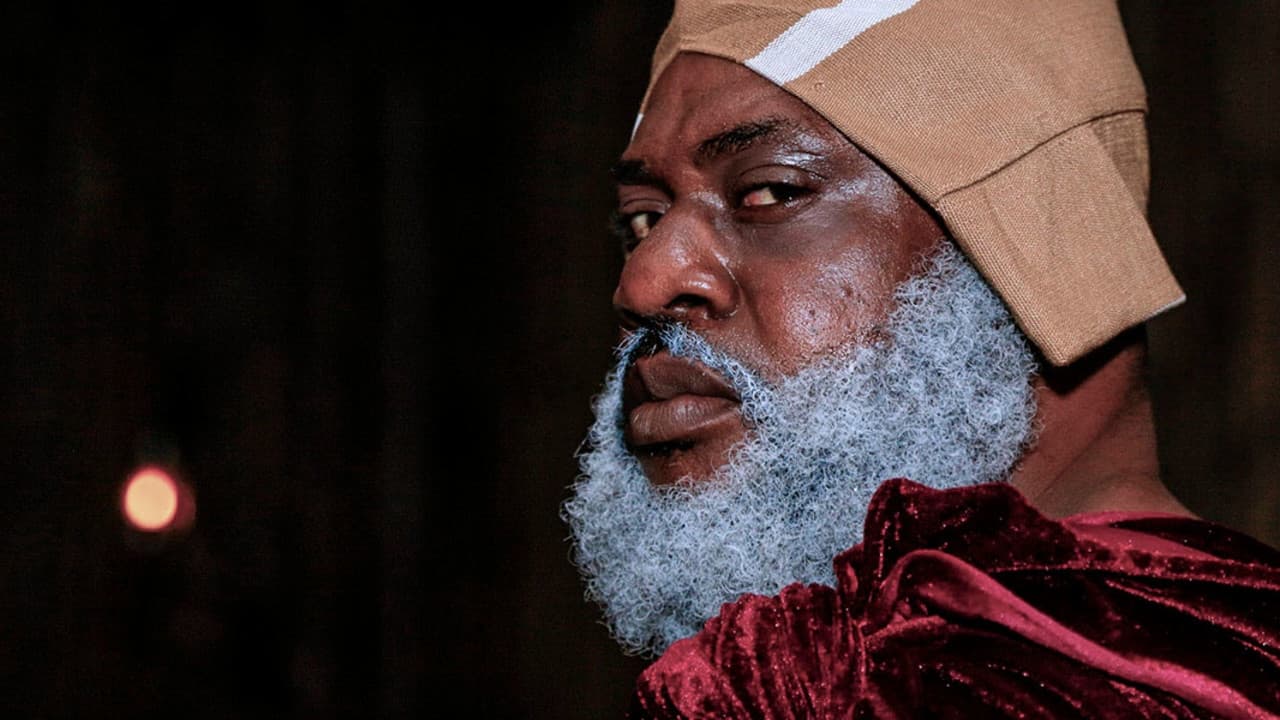


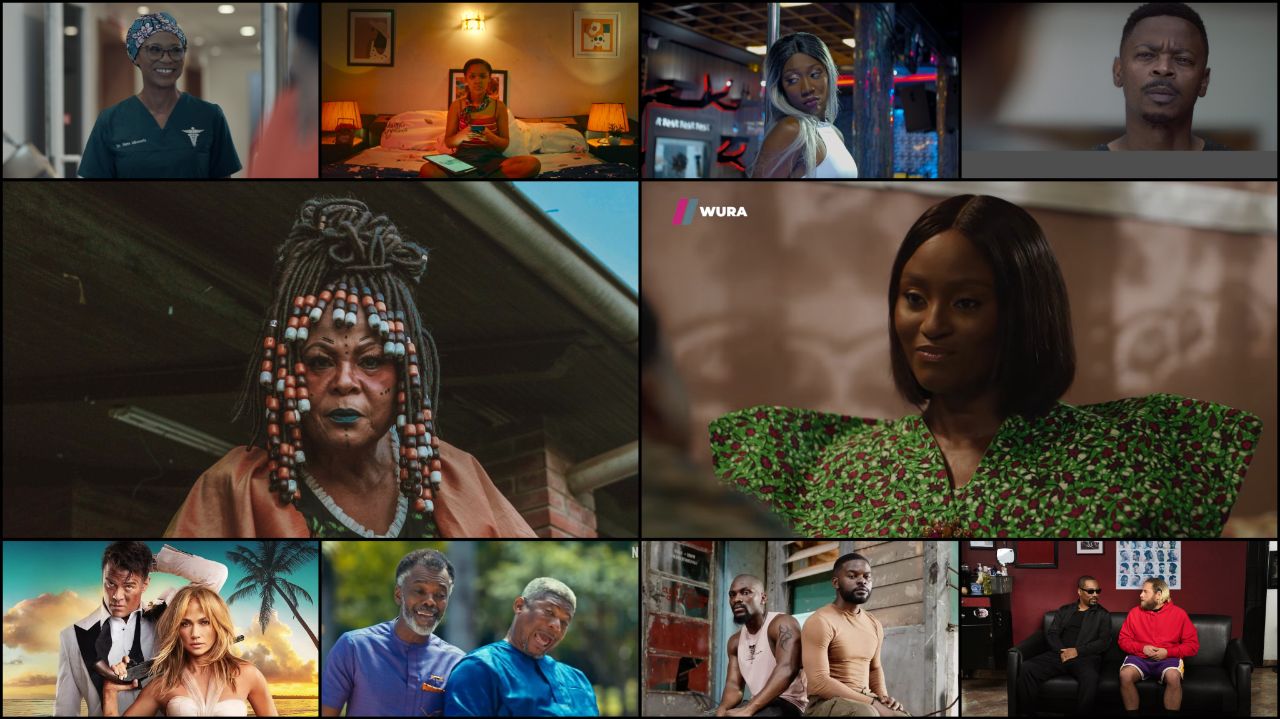

I thought so too… we never saw the king and the rubbish was far too many.
Good review my boy.
Thank you for this review.
You captured my thoughts and disappointments with the film in this piece.
Those touting it as a work of art not meant for everyone but only the intellectual needs to read this.
A work of art shouldn’t be understood? Because I didn’t understand Elesin’s fault
( I have not read the book) until I read your review.
More ink in your pen.
This movie should be rated a 1. The ending aldo needs to be revamped.